Asphalt Patching: Boosting Safety on Commercial Grounds
Key Takeaways
- Prevention of Accidents and Damage: Proper asphalt patching prevents vehicle damage, trip hazards, and reduces liability for commercial property owners.
- Effective Repair Methods: Techniques like cold patching, hot asphalt application, infrared repair, and using Gator Patch offer durable solutions that extend pavement lifespan.
- Importance of Regular Maintenance: Consistent maintenance helps catch small issues early, preventing larger problems and saving money on extensive repairs.
- Preparation is Crucial: Cleaning the damaged area thoroughly and preparing a stable foundation are essential steps for long-lasting asphalt repairs.
- Professional Services Enhance Safety: Working with experienced companies like Asphalt Solutions ensures high-quality workmanship that maintains safety standards on commercial grounds.
Significance of Asphalt Patching for Commercial Safety
Proper asphalt patching is crucial for maintaining the safety of commercial properties. Damaged pavement can lead to accidents and injuries, impacting employees, visitors, and customers.
Using quality materials and skilled workmanship ensures that repaired areas remain durable and safe over time. This not only enhances safety but also maintains a professional image for your property.
By addressing issues like potholes promptly, businesses avoid costly extensive repairs later on. Regular maintenance through asphalt patching shows a commitment to creating a secure environment.
This proactive approach contributes significantly to prolonging the lifespan of pavement while protecting everyone who accesses commercial grounds.
Pothole origins and hazards
Bollards have a rich history that dates back to the 18th century, initially serving as mooring posts for ships. Sailors would wrap mooring lines around these sturdy poles to secure their vessels at docks.
This essential use in maritime applications marks the beginning of bollard usage, highlighting their long-standing role in safety and security. The very term "bollard" likely stems from "bole," referring to a tree trunk, which underscores their originally solid and immovable nature.
Over time, the application of bollards expanded beyond maritime environments into urban settings. Cities began installing them as traffic bollards on streets and sidewalks to organize road traffic and protect pedestrians from vehicles.
Their evolution from simple wooden or metal posts into various forms demonstrates adaptability across centuries. Today's bollards serve multiple purposes including guiding pedestrian flow, safeguarding public spaces, and enhancing aesthetic appeal as a form of street furniture.
pothole origins and hazards
Water seeps into cracks in the asphalt, causing potholes to form. Unrepaired potholes can damage vehicles and pose significant safety risks for pedestrians.
causes behind pothole development
Potholes primarily form due to the freeze-thaw cycle and water infiltration. Water seeps into small cracks in the pavement and freezes during colder temperatures, expanding and causing the asphalt to break apart.
Repeated cycles of freezing and melting exacerbate this damage.
Poor drainage can also lead to pothole formation by allowing water to accumulate under the surface, weakening it from below. An inadequate sub-base fails to provide necessary support for heavy commercial traffic, making the pavement more susceptible to cracking and pothole development.
Regular maintenance can mitigate these issues before they escalate into bigger problems for commercial property managers.
Dangers Posed by Unrepaired Potholes
Unrepaired potholes present significant dangers on commercial properties. Vehicles can suffer damage such as punctured tires, misaligned wheels, and suspension problems. Repair costs for these damages add up quickly and may lead to increased insurance claims.
Potholes also pose pedestrian safety risks, causing trips and falls that could result in serious injuries.
Large or deep potholes increase the likelihood of accidents on commercial grounds. Businesses may face liability issues if someone gets hurt due to poorly maintained pavement. Keeping asphalt in good condition is essential for reducing risk and maintaining a safe environment for customers and employees alike.
techniques for asphalt repair
Using the right technique can extend the life of your pavement. These methods ensure a smooth and safe surface for all users.
cold patching methods
Cold patching methods provide a quick and efficient solution for repairing asphalt on commercial properties. This method involves placing pre-mixed asphalt into the pothole and compacting it down with minimal equipment.
Cold patch materials are easy to use, providing immediate repair that ensures safety on busy grounds without needing specialized machinery or professional assistance.
Asphalt Solutions excels in applying cold patches, making them a reputable choice for maintaining your commercial property maintenance needs. Trust in their expertise to deliver swift and reliable repairs that keep your premises hazard-free, enhancing overall safety for employees and visitors alike.
hot asphalt application
Hot asphalt application is a crucial technique for ensuring smooth and durable surfaces on commercial grounds. Asphalt Solutions specializes in providing high-quality hot asphalt services that boost safety for both vehicles and pedestrians.
Using quality materials and skilled workmanship, the company ensures effective repairs that last longer than other methods.
The process involves heating asphalt to a specific temperature before applying it to damaged areas. This creates a strong bond with existing pavement, preventing further deterioration.
Unlike cold patching methods, hot asphalt provides immediate durability and can withstand heavy traffic loads.
Infrared Repair Techniques
Infrared repair techniques offer a modern solution for asphalt patching. Asphalt Solutions excels in this area by using infrared technology to heat and rejuvenate existing asphalt.
This method allows for seamless, high-quality repairs that blend effortlessly with the surrounding pavement. The process involves heating the damaged area with infrared rays, softening the old asphalt without burning it.
Asphalt Solutions' skilled workmanship ensures long-lasting patches that withstand commercial wear and tear. Their use of advanced infrared methods results in more durable repairs compared to traditional techniques.
By prioritizing safety and quality, Asphalt Solutions stands out in the industry as a leader in providing effective asphalt repair solutions on commercial grounds.
use of gator patch
Gator Patch is a highly effective solution for repairing asphalt on commercial properties. Asphalt Solutions specializes in this method to ensure top-notch safety and durability. The team uses Gator Patch to fill cracks and potholes efficiently, guaranteeing high-quality results every time.
This product cures quickly, offering a strong seal that prevents further damage and extends the lifespan of the pavement.
Commercial property managers trust Gator Patch for its reliability and ease of use. Projects of all sizes can benefit from this versatile repair material, ensuring smooth surfaces across parking lots, driveways, and walkways.
Asphalt Solutions prioritizes safety by using Gator Patch in their repairs, helping to create safer environments for clients and visitors alike.
The asphalt patching process
Asphalt Solutions has been evaluating pavement damage with expertise since 2001. The skilled team uses top-quality materials to assess cracks, potholes, and other signs of wear. Honest evaluations ensure clients receive the best advice tailored to their needs and budgets.
Commercial property managers can trust Asphalt Solutions for accurate assessments that consider every detail.
With a large fleet and an array of services, Asphalt Solutions efficiently handles projects of all sizes. Evaluating pavement damage is crucial for preventing accidents and maintaining safety on commercial grounds.
Their comprehensive approach ensures long-lasting repairs that boost the integrity of your pavements. For expert evaluation and solutions, contact Asphalt Solutions today!
preparing the patch site
Preparing the patch site is a crucial step in asphalt repair. It ensures a long-lasting and safe surface for commercial properties.
- Remove Debris: Clear away loose rocks, dirt, and any other debris from the damaged area using a shovel or broom. This step helps create a clean base for the new asphalt to adhere properly.
- Clean the Area: Use a pressure washer or high-powered hose to eliminate any remaining fine particles and oil stains from the pothole. A clean patch site ensures better bonding of the new material.
- Cut Out Damaged Asphalt: Create straight edges around the damaged area with an asphalt saw or angle grinder. Straight edges allow for a more secure fit of the patch material, preventing future cracks.
- Create Stable Foundation: Compact the base gravel layer using a tamper or plate compactor to form a solid foundation for your asphalt patch. A stable foundation prevents future sinking and cracking.
- Dry the Patch Site: Ensure that the area is completely dry before applying any patching materials. Moisture can interfere with adhesion and longevity of the repair.
- Apply Tack Coat: Brush on an even layer of tack coat adhesive around edges and base of prepared area to enhance bonding between old and new asphalt layers, ensuring durability.
- Inspect Prepared Site: Check all aspects of preparation including cleanliness, dryness, straight edges, and solid foundation before proceeding with filling potholes to guarantee quality repair work.
base repair steps
Proper base repair is crucial for effective asphalt patching. Follow these steps to ensure a strong and durable surface:
1.
Evaluate the Pavement Damage
Assess the extent of damage, looking for cracks and potholes. Mark the affected areas clearly.
2.
Clear Loose Debris
Remove loose debris and broken asphalt using a shovel or broom. Ensure the area is clean before proceeding.
3.
Excavate the Damaged Area
Use a saw or jackhammer to cut around the damaged area. Excavate down to a solid base layer, typically about 4-6 inches deep.
4.
Compact the Subgrade
Compact the exposed subgrade with a plate compactor or hand tamper. This step prevents future settling and ensures stability.
5. Add Base Material
Fill the excavated hole with crushed stone or gravel up to 4 inches from the surface level. Spread it evenly across the site.
6.
Compact Again
Compact the base material thoroughly until it's firm and level with surrounding surfaces.
7.
Apply Tack Coat (Optional)
Apply an asphalt tack coat to bond new material with existing pavement, enhancing durability and longevity.
8.
Fill with Asphalt Mix
Pour hot mix asphalt into the prepared site, filling it slightly above ground level to account for compaction.
9.
Compact Asphalt Layer
Use a vibratory plate compactor to compress and smooth out the new asphalt layer, ensuring even distribution.
10.
Check for Levelness
Verify that patched areas are level with adjacent pavement using a straightedge tool or leveler.
pothole filling technique
Base repair steps set the stage for successful pothole filling. Proper filling techniques ensure long-lasting repairs that boost safety on commercial grounds.
- Clean the Pothole
- Remove debris, loose asphalt, and dirt from the pothole.
- Use a broom or high-pressure air to clear all particles.
- Ensure the hole is clean to achieve a strong bond with new materials.
2. Apply Tack Coat
- Spray a tack coat on the sides and bottom of the cleaned pothole.
- This adhesive layer will help bind new asphalt with existing pavement.
- Follow manufacturer’s recommendations for tack coat application rates.
3. Fill with Cold Patch or Hot Asphalt
- Pour cold patch material into the pothole if immediate traffic use is needed.
- For more durable repairs, place hot asphalt mix into the hole.
- Leave some space at the top to allow for final compaction.
4. Compact the Asphalt
- Compact each layer of asphalt thoroughly using a vibratory plate compactor or hand tamper.
- Ensure no gaps or air pockets remain within the patch material.
- Proper compaction prevents future settlement and extends repair life.
5. Level and Smooth Surface
- Add additional layers of asphalt, compacting each one until reaching surface level.
- Smooth out any irregularities using a lute or asphalt rake for an even finish.
- Aim to match patched area height with surrounding pavement for optimal safety.
6. Seal Edges
- Apply sealant around patch edges once fully compacted.
- Sealing prevents water infiltration and enhances durability of repaired areas.
- Follow product guidelines for proper sealing technique and drying times.
sealing and finishing
Asphalt sealing and finishing are crucial steps in maintaining commercial grounds. Proper techniques ensure longevity and enhance safety.
- Inspection and Assessment: Examine all pavement surfaces for cracks, potholes, and wear. Identify areas needing immediate attention.
- Material Selection: Choose high-quality sealants specifically designed for commercial use. Asphalt Solutions uses only premium materials to guarantee durability.
- Surface Cleaning: Remove debris, vegetation, and loose particles from the area. A clean surface ensures better adhesion of the sealant.
- Crack Filling: Fill all visible cracks with a rubberized crack filler. This prevents water infiltration that can cause further damage.
- Primer Application: Apply a primer coat to improve the bond between the asphalt and the sealant. This step secures longer-lasting results.
- Sealant Application: Spread a layer of sealant using specialized equipment. Asphalt Solutions employs skilled workers for precise application.
- Drying Time: Allow proper drying time before reopening the area to traffic. Adequate curing ensures maximum effectiveness of the sealant.
- Finishing Touches: Inspect the sealed area for uniform coverage and address any missed spots immediately.
Common errors in asphalt patching
Proper asphalt patching significantly improves safety on commercial grounds. Awareness of common errors can help avoid premature failures and costly repairs.
- Poor Compaction
Inadequate compaction remains a leading cause of premature patch failure. Poorly compacted patches cannot withstand heavy loads, leading to faster wear and tear. - Insufficient Cleaning
Failing to clean the repair area thoroughly before patching results in weak adhesion. Dust and debris prevent the new asphalt from bonding properly with the existing surface. - Improper Drainage
Ignoring drainage considerations around the patched area leads to water damage. Water pooling accelerates deterioration and reduces the lifespan of the repair. - Weak Edge Preparation
Lack of proper edge preparation causes the patch to crumble quickly. Strong edges ensure that the patch stays intact under traffic stress. - Low-Quality Materials
Using subpar materials for asphalt patching yields unsatisfactory repairs. High-quality materials enhance durability and performance, ensuring long-term fixes. - Overlooking Surrounding Pavement Condition
Neglecting the condition of surrounding pavement creates mismatched surfaces, posing potential hazards. Ensuring uniformity in surface texture promotes overall safety. - Ignoring Proper Curing Time
Skipping or shortening curing times leads to immediate failures in asphalt patches. Allow enough time for patches to cure fully, ensuring maximum strength and longevity.
Contact asphalt solutions today!
Maintaining commercial grounds with proper asphalt patching can prevent accidents and improve appearance. Quick repairs of potholes ensure safe driving conditions for everyone on the property.
Using techniques like cold patching, hot asphalt, and infrared repair offers effective solutions. Preparing the site thoroughly ensures a long-lasting fix. Investing in these methods boosts safety and longevity of your pavement.
Consider working with experts who guarantee quality work every time. Contact Asphalt Solutions today to learn more about our comprehensive services!
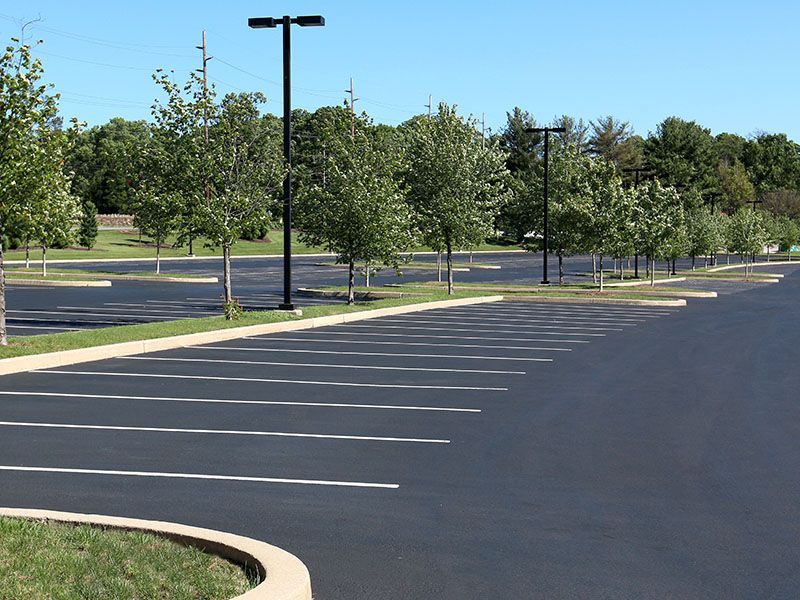
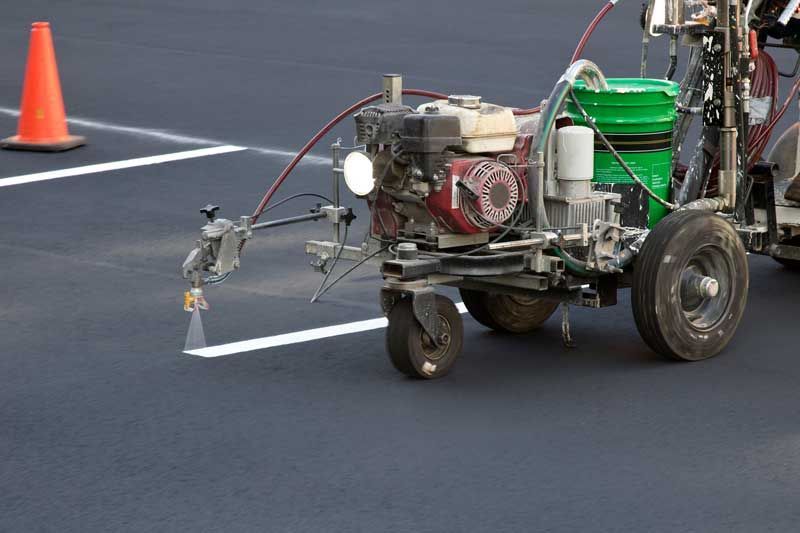
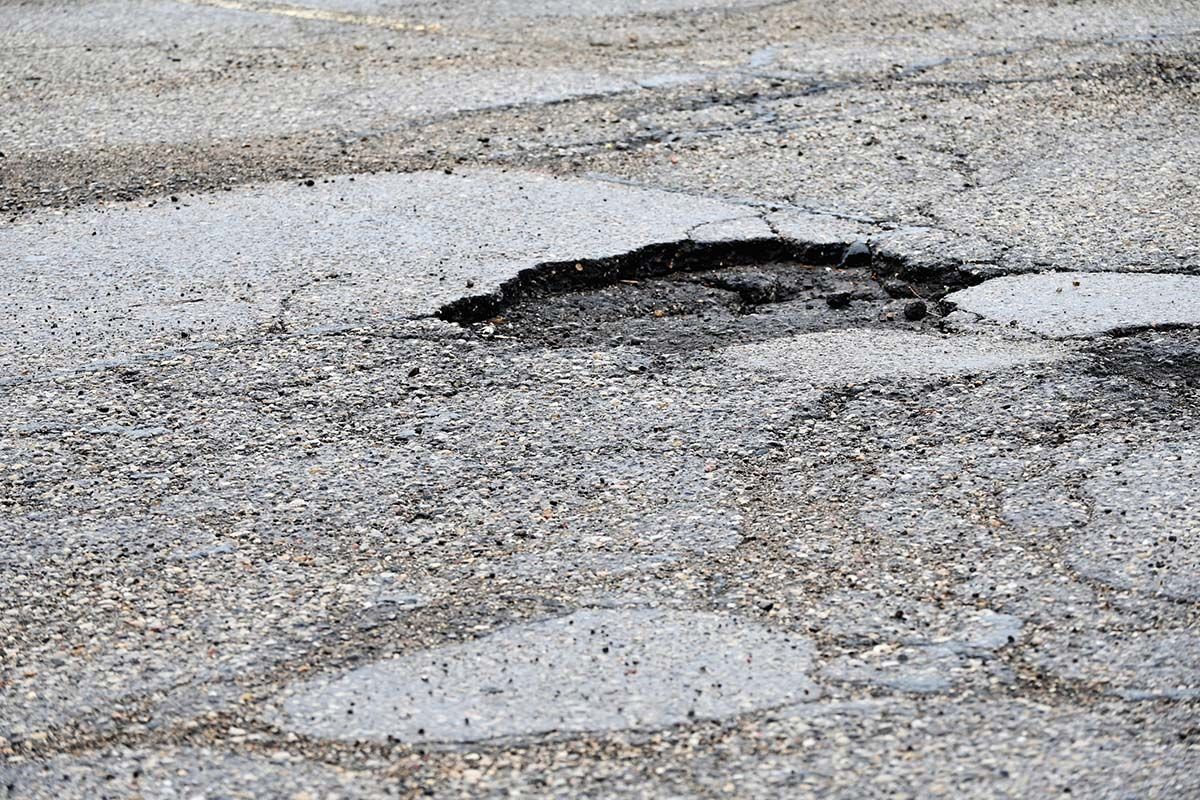
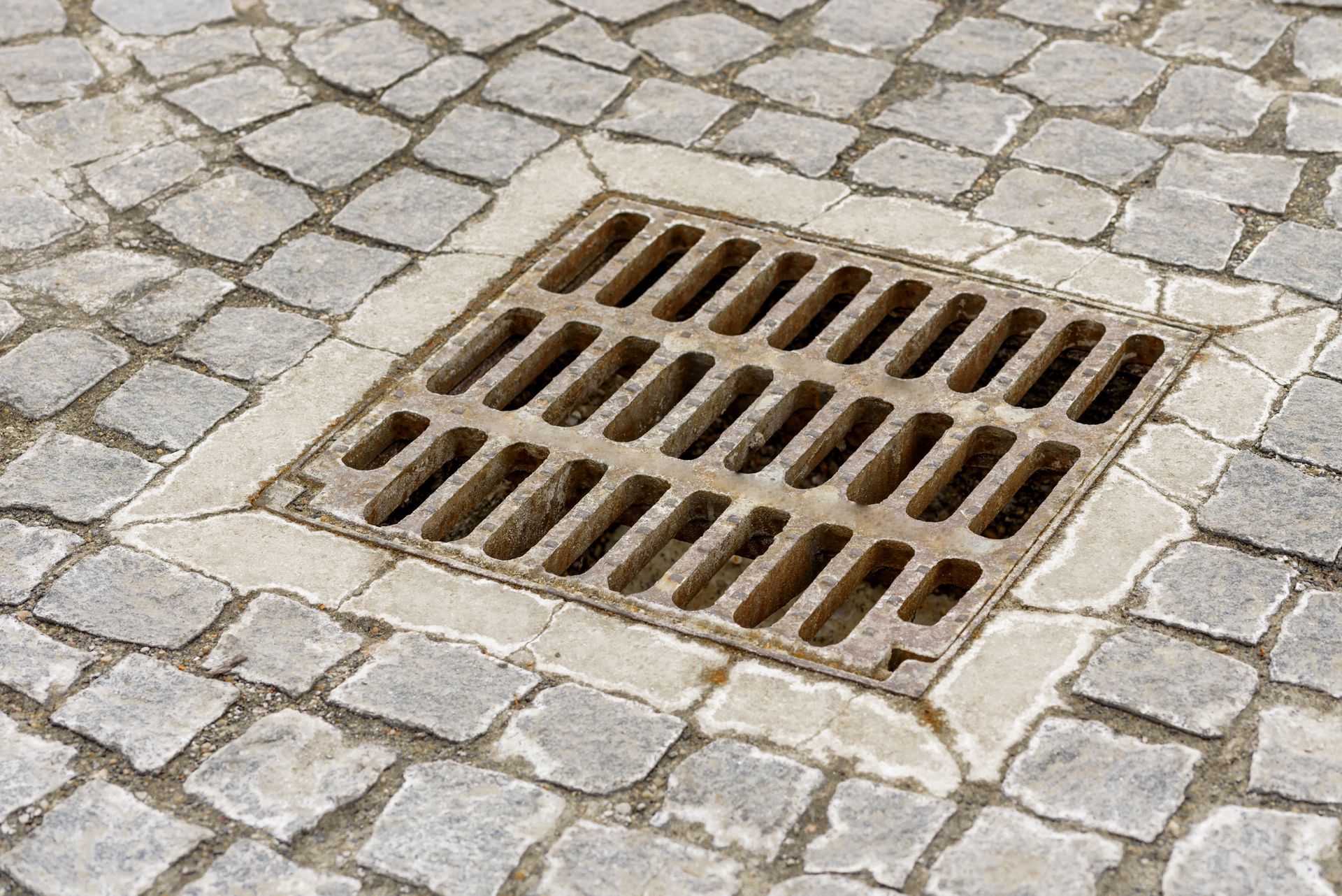
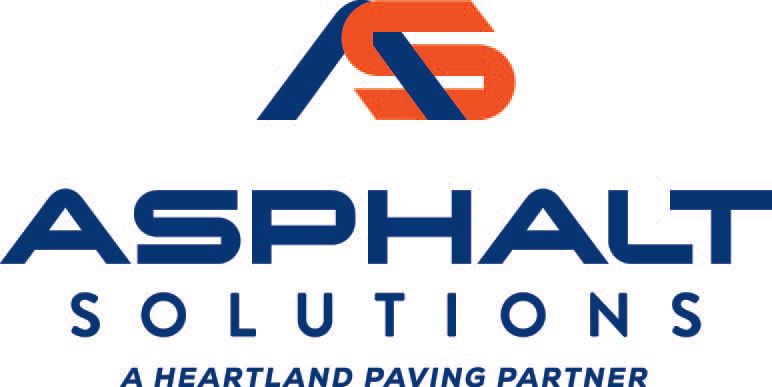
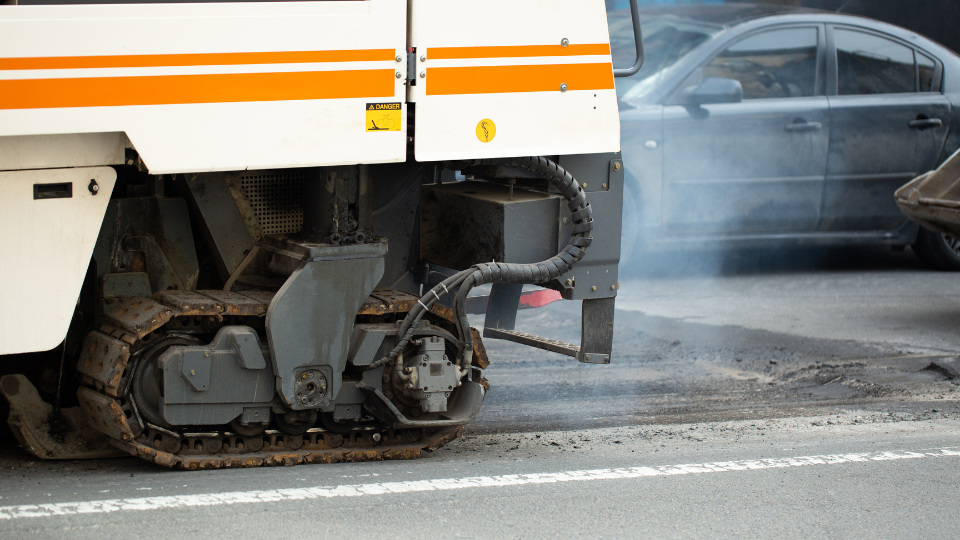
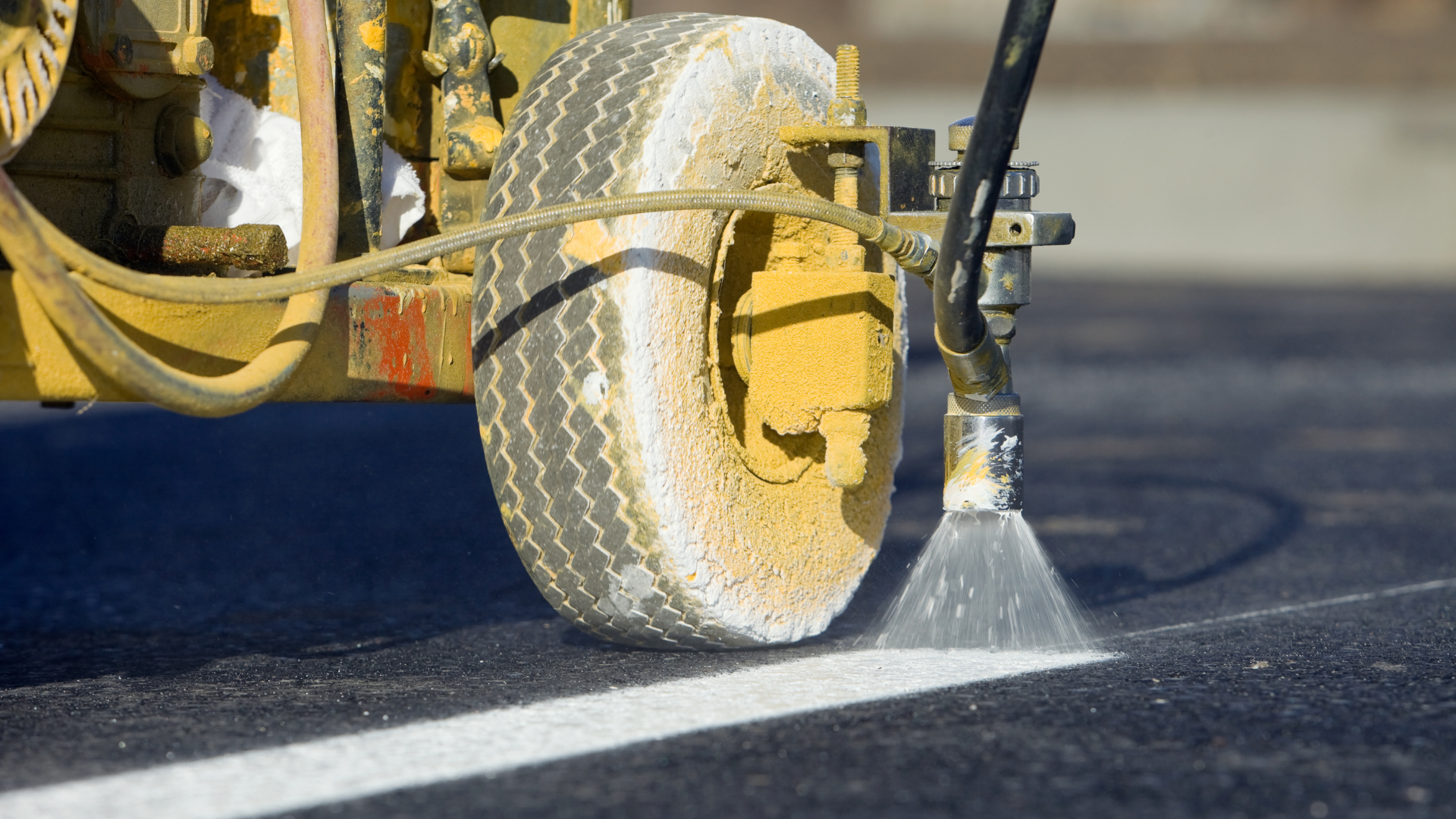
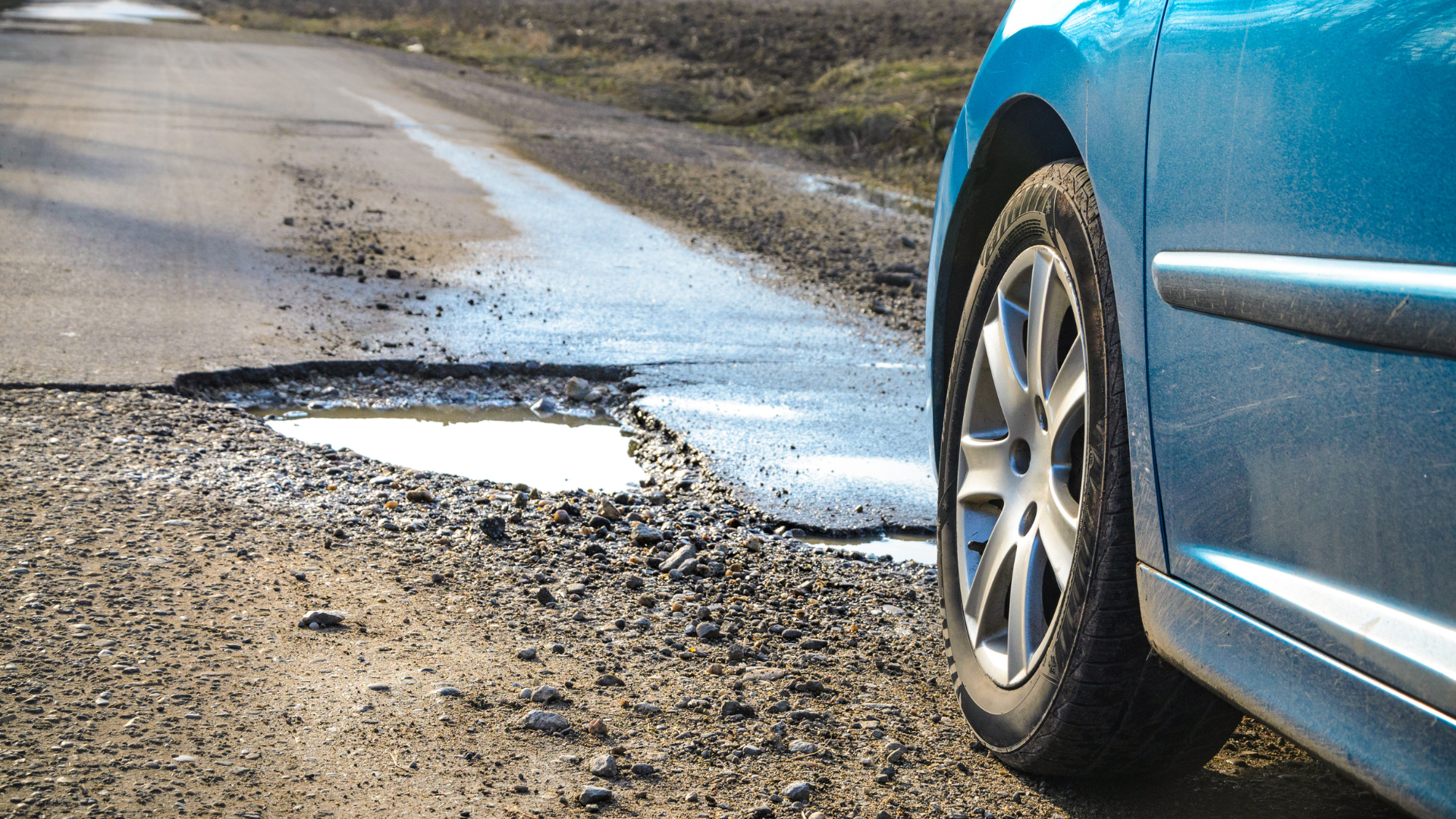

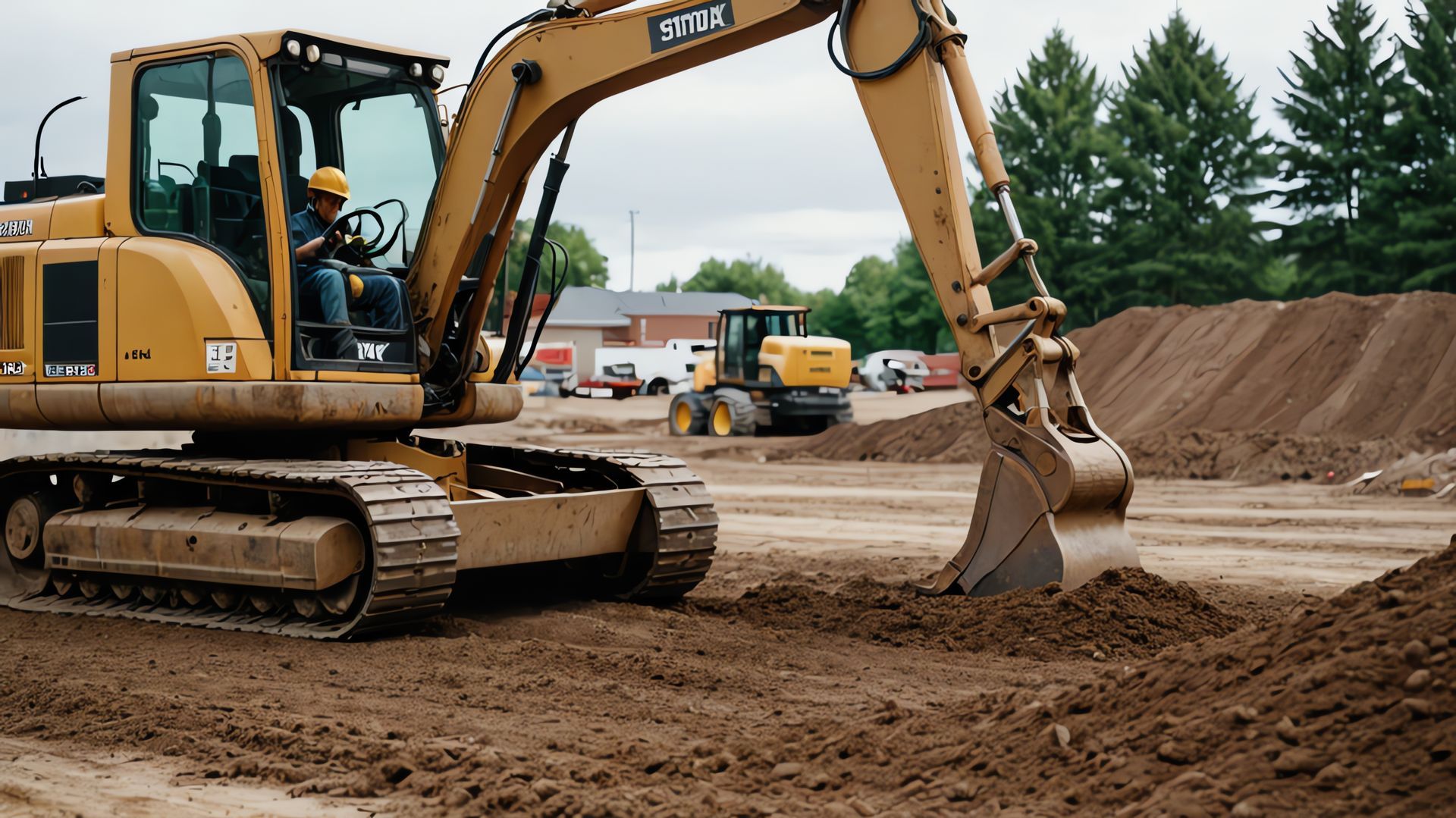
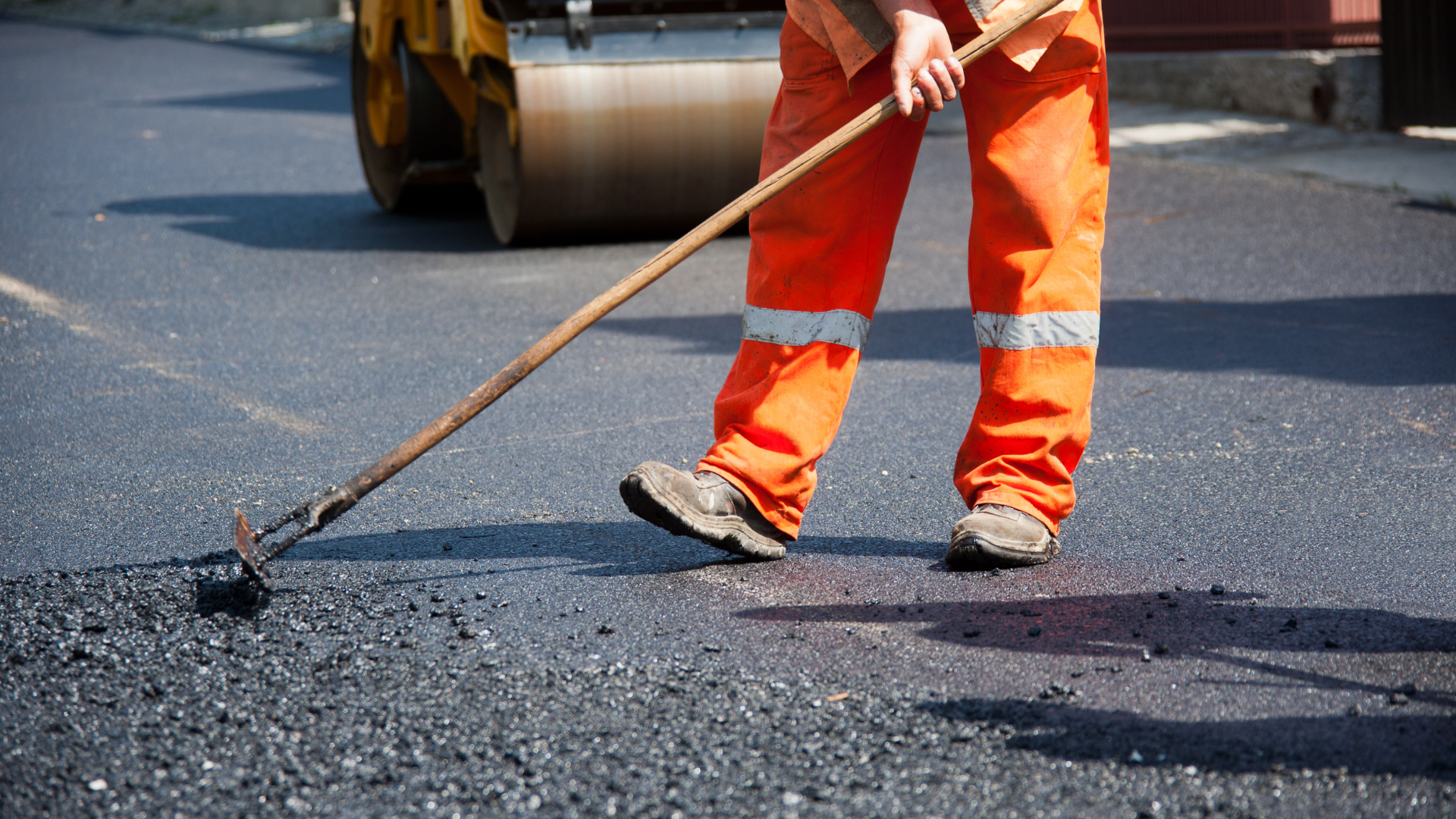
Share On: